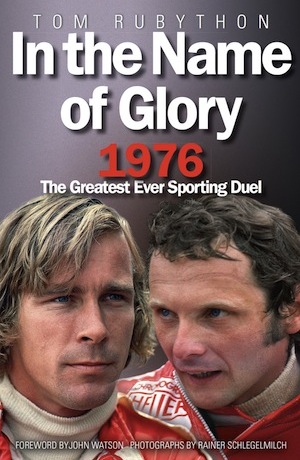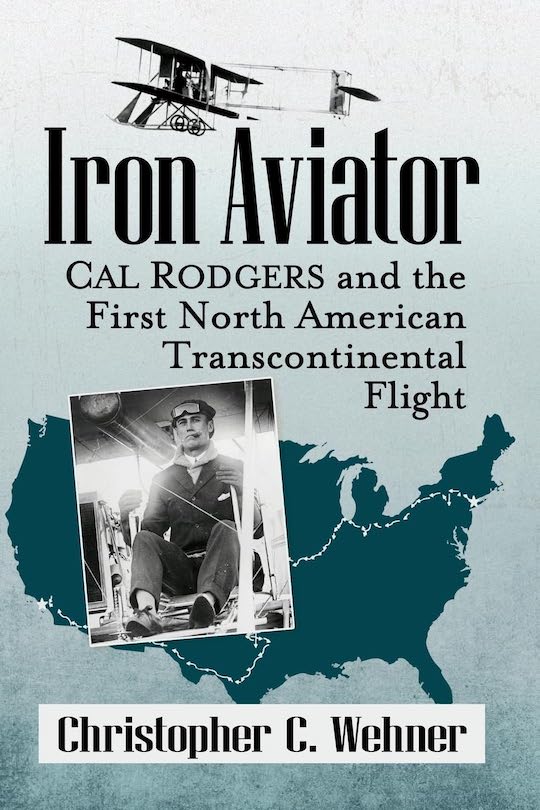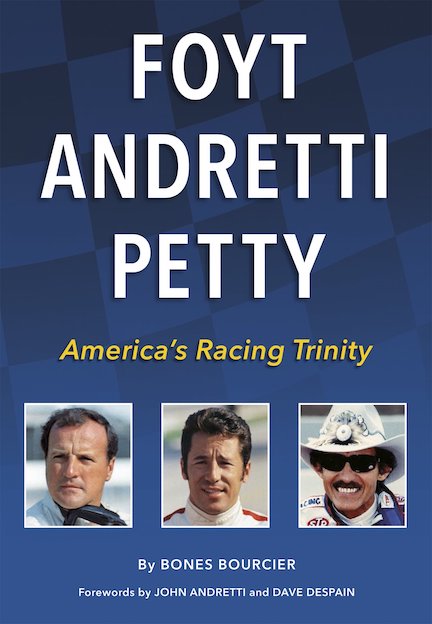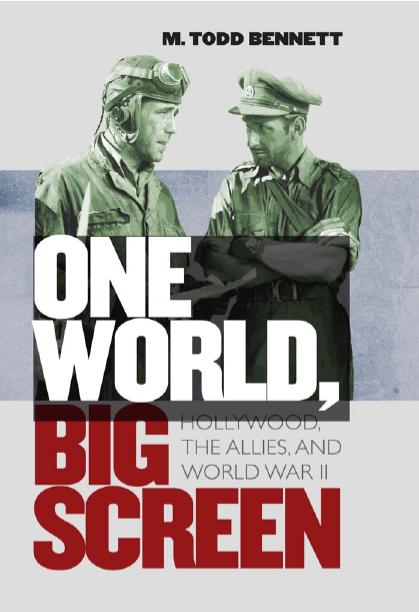The Green Flag, Just a Bloke’s Story
 by Barry Green with Gordon Kirby
by Barry Green with Gordon Kirby
“The book maybe worth a read for some but not for all. Although I did not think I was qualified to write a book, I recognized there aren’t many stories out there like mine and maybe I could help others with my life story. So, I continued writing and phoned a friend.”
Author Barry Green is probably right about that first sentence, although it is sort of universally true about pretty much everything.
Considering that his story was “sadly not documented or recorded very well” in period, this book fills in the blanks. Green himself certainly didn’t have the time but, also, by nature he is intensely forward-looking, which is surely a survival mechanism for anyone in and around the competitive but also capricious world of sports. Enter “the friend” alluded to above. That would be Canadian auto racing journalist and Racemaker Press staff writer Gordon Kirby. In the 1970s he tried to put together an all-American F3 team in England with David Loring and Danny Sullivan and it’s the sport’s loss that this endeavor fell flat and he (re)turned to full-time journalism instead. The take-away from this sentence is that he has an organically developed, decades-spanning immersion into many aspects of motor racing.

You can tell a lot about Green from his gleaming shop.
And it is a long way from this childhood vignette: “We all had our knee-high rubber boots but they were hot and uncomfortable so we often went to help milking the cows in just bare feet. With or without boots at 4:30 in the morning it could be quite cold rounding up the cows from the paddock and some mornings there was maybe even a little frost on the grass. On these days, boots or no boots, your toes froze and felt like they might snap off. To get some heat back in them you would find and then park yourself in a freshly placed, steaming cow patty. My toe nails grew well in those years.”
Barry Green (b. 1952) is such a fixture on the American racing scene that readers may well have forgotten that he is in fact, a proper bloke, meaning an Australian. But hardly “just a bloke,” as the subtitle makes him out—the progression from shade-tree mechanic to amateur racer to team principal at the highest echelons of professional racing marks his path as unique and different from common experience. In fact, it is the very fact that he grew up in Australia, in rural Australia, and at a time marked by incomprehensible hardship, that formed his character and outlook. He may well express the hope that his book could offer “help” to readers but there is really nothing practical in his story that is repeatable. There are, however, broader concepts such as tenacity and business savvy or authenticity and family that can be meaningfully discussed, and they are in this book.
 Thirty bite-size chapters with commendably specific titles trace the trajectory in chronological order, from his parents’ background to the multitude of his professional achievements and collaborations. Plenty of quotes from drivers, engineers, and crewmen widen/validate the frame of reference. The longest chapter comes near the end, “Building Team Green,” and even casual followers of motorsports will recognize the name and its various permutations that are very much alive in current times. Green’s other great passion is sailing so that too is given consideration (and one of those chapters contains indeed some eminently practical help: avoid visiting the Galapagos Islands in a private boat).
Thirty bite-size chapters with commendably specific titles trace the trajectory in chronological order, from his parents’ background to the multitude of his professional achievements and collaborations. Plenty of quotes from drivers, engineers, and crewmen widen/validate the frame of reference. The longest chapter comes near the end, “Building Team Green,” and even casual followers of motorsports will recognize the name and its various permutations that are very much alive in current times. Green’s other great passion is sailing so that too is given consideration (and one of those chapters contains indeed some eminently practical help: avoid visiting the Galapagos Islands in a private boat).

Appended are a summary of Green’s activities as racer and mechanic in Australia and Europe, followed by lists of his drivers’ results 1983–2002.
While this publisher has an overarching “theme”—American Racing History—and many of their titles are co/written or edited by Kirby, each of the books has a distinctly different look and tone. This one, for instance, has no Index and that really hurts a book that revolves around so many names big and small from so many different arenas of motorsports including even, say, sponsors which are a prominent topic for anyone in team management. The book is definitely hurt by abysmal proofreading, practically from the first page on (just reread the quote above from the Introduction). But, the lasting relevance of a book of history is the accuracy of the facts and data, and there is nothing unfavorable to report here. Being an autobiography it goes without saying that, in the narrative/interpretative sections, Green calls it as he sees it, and he certainly has opinions. His Can-Am (7 wins), Indy car (47 wins) and Indy 500 (2 wins) participation over more than two decades certainly was not immune from the schemes and shenanigans that poisoned and even crippled the sport at times.

Many pages will have a “Barry on xyz” feature as well as sections featuring various protagonists, often in their own voice.
Copyright 2023, Sabu Advani (speedreaders.info).


 RSS Feed - Comments
RSS Feed - Comments





































































 Phone / Mail / Email
Phone / Mail / Email RSS Feed
RSS Feed Facebook
Facebook Twitter
Twitter